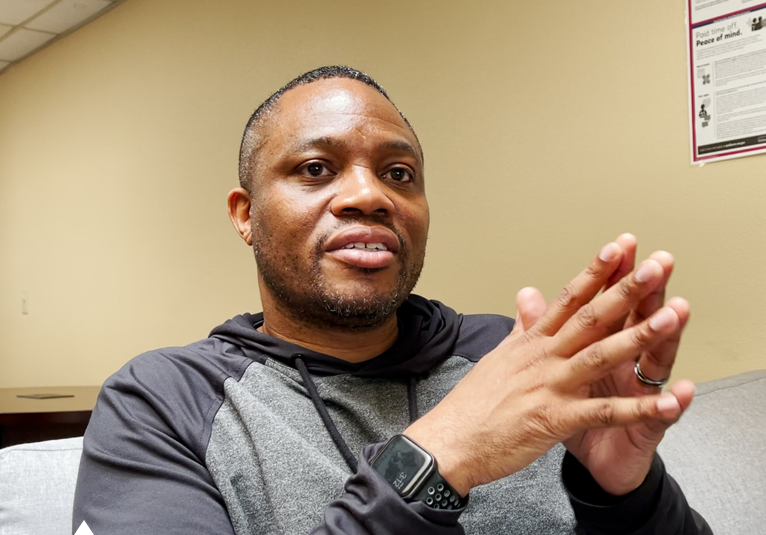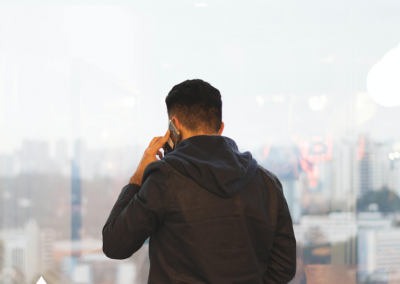Lizzie C Suicide Affects Individuals and Cultures Differently
One of the things that’s become increasingly addressed in the field of suicide prevention is acknowledging that not all communities experience suicide in the same way. A lot of the data that the field uses is generalizable to the general population. But, in order to really protect and prevent suicide across all populations in an equitable manner, you have to start looking at the data for a specific population. Suicide does affect different populations differently. There are populations that are at an increased risk of suicide. LGBT community is one example, veterans, individuals from tribal communities, construction workers.
Beyond that though, interventions are going to look different, too. It’s not enough to just look at the data and say, we know that tribal communities are at increased risk of suicide and here’s how we’re going to apply the prevention strategy or an intervention strategy that we’ve seen work for the general population. You have to also work with that specific community in identifying what interventions and what methods of support are going to be appropriate for them. I think the most important thing that we try to remember on our team is that you don’t want to do anything without involving that community first and letting them drive that work and determine what’s appropriate for their community.
Listening is important. A lot of the information we get back goes far beyond the data, and it’s just feedback from the general community. That’s the way that you’re really going to prevent suicide because you’re able to access that information through the community itself and then apply it in a way that is culturally appropriate.











